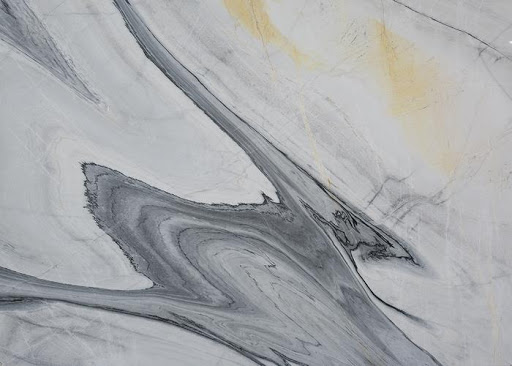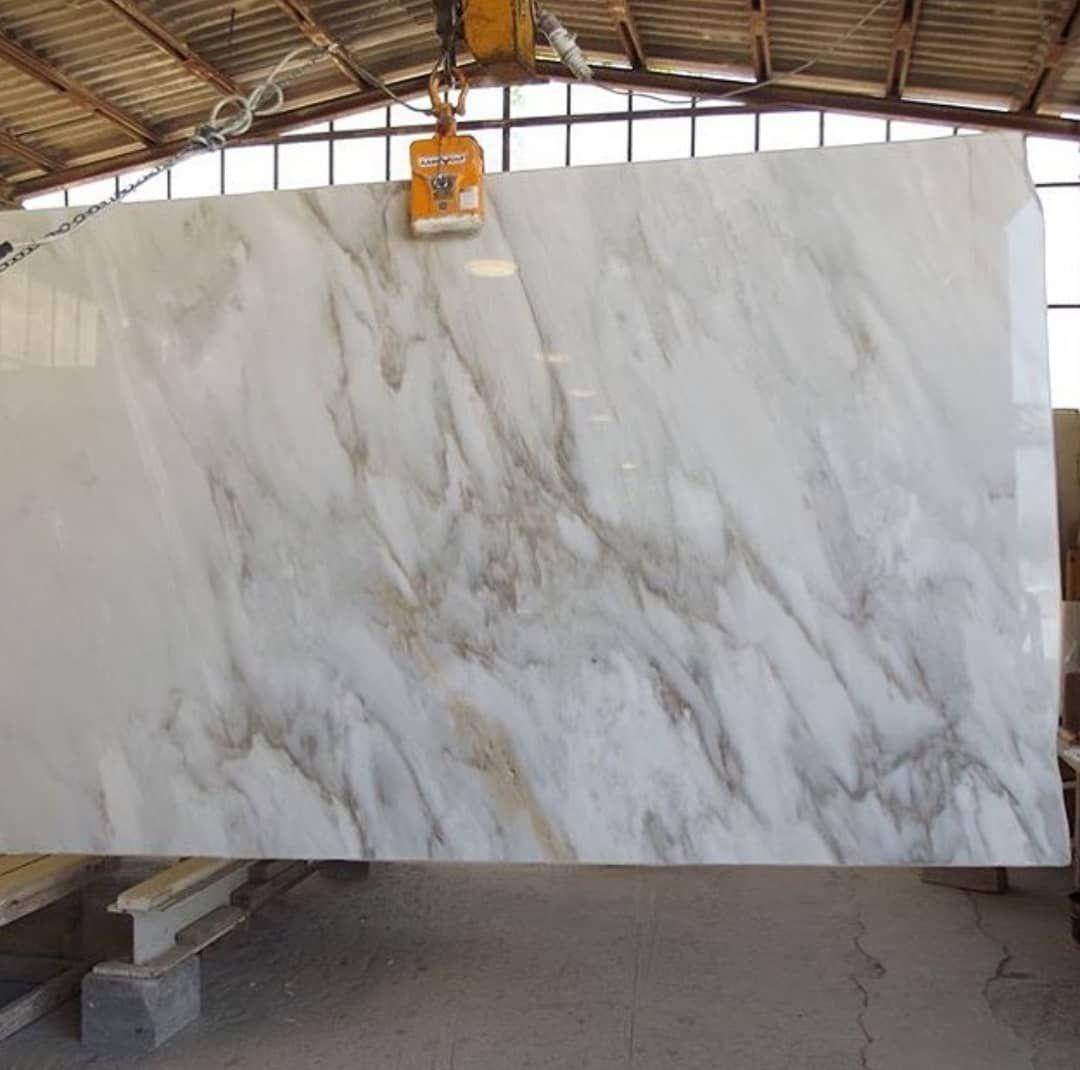- Tell : 09131114998
- Email : info@uranus-stone.com

Get acquainted with crystal stone and its uses
- 1399/02/07 ,
- stone industries Uranus
- 0 Comment
Get acquainted with crystal stone and its uses
crystal stone is a mass of calcareous or dolomitic rocks that have recrystallized due to internal factors, such as temperature and pressure, and are therefore considered as metamorphic rocks. Porcelain stones in different places in terms of metamorphism and Some chemical compounds are different. Porcelain stone often has large crystals.
These coarse crystals are the distinguishing feature of crystal rock from sedimentary carbonate rocks. In terms of the internal structure of the rock and the granulation of the rock crystal, one mine is different from another. The main mineral that makes up most crystal stone is calcite.
crystal stone also contain minerals such as quartz, graphite, hematite, simonite, perite and.. In some crystal stone, quartz is present, which increases with increasing the hardness of the stone. If the crystal stone is completely pure, it has a white color and radiance. The light gray to black color in these stones indicates the presence of carbonaceous materials in them.
crystal stone
Green colors are usually produced by chlorite or other silicates. Pink and red colors are due to the presence of very fine particles of hematite or manganese carbonate, and yellow and cream colors are due to the presence of limonite. Water absorption in porcelain or crystalline limestone is usually Is less than one percent.
Its specific weight is 2.7 tons per cubic meter. It has moderate resistance. crystal stone has a strength between nineteen to one hundred and forty megapascals. Its average compressive strength is about one hundred megapascals. Its flexural strength is between six to fifteen megapascals and its tensile strength is on average four megapascals.

Use of crystal stone in exterior facade
The use of crystal stone for facades and outdoor spaces is completely technical and correct. crystal stone in terms of water absorption and slurry adhesion between granite and travertine. Neither travertine absorbs slurry nor non-stick as granite. In Iran, the use of this stone for facades has long been common.
If you pay attention, crystal stone is the main facade of many old buildings, especially in the tropics, because its light color prevents the facade from absorbing much heat and the building is protected from excessive heat.
The resistance of this stone to surface and deep weathering is moderately good and remarkable. In some mines, crystal stone can also compete with travertine and granite. The Oslo Opera House in Norway is a very good example of this. Stone has been used in the outer parts.
This is an important architectural monument near the sea and some of it is submerged in water and the idea of its shape is an iceberg that came out of the sea. Due to the very low temperature the sea temperature in Norway is always below zero.
Click to view pictures of crystal stone
The choice of this stone, on the one hand, has helped to evoke the white color of ice. On the other hand, the good strength of the stone has allowed it to be used in such an atmosphere. Of course, to prevent slipping, the stone has been axed completely. The strength of the stone over the long years and its long life have been used thicker stone, ie eight centimeters.
They also installed the whole stone dry. This building has become a very beautiful and attractive work. The decoration of this masterpiece is Karara crystal stone, which is one of the most famous crystal stone mines in the world. This stone can also be used for stone artifacts.
Even its cube is used like cube granite and travertine. Porcelain stone in the form of a table can also be useful and beautiful. For example, its use in the reconstruction of the sidewalk and the water atmosphere of Vali-e-Asr Street is completely appropriate and correct.
Light passing through thecrystal stone
The phenomenon of light passing through stone is a very attractive phenomenon in traditional and modern architecture. Although this phenomenon is specific tomarbles and will be discussed in the future, it is also present in some crystal stones and porcelain shares this property with marble to some extent. And affected the marble greyhound.
Uranus Stone Industries offer scrystal , marble and granite
crystal stone
The price of crystal stone
- Marble4
- Marble3
- Marble1
- Marble
- Marble stone
- Granite1
- Granite
- Granite Stone
- 1Chinese
- Chinese stone2
- Chinese stone1
- Isfahan marble
- Isfahan granite
- Isfahan Chinese stone1
- Travertine1
- Travertine
- Travertine stone
- Isfahan travertine stone
- Stone view1
- Building stone
- Stone facade1
- Stone facade
- Stone cleaning
- Artificial stones
- Natural stones
- Interior decoration
- Cleaning the stone
- Crystal
- Dolomite
- Calcite
- Quartz
- Graphite
- Hematite
- Simonite
- periet
- Manganese carbonate
- Lemonite
- Stone resistance
- The price of crystal stone
